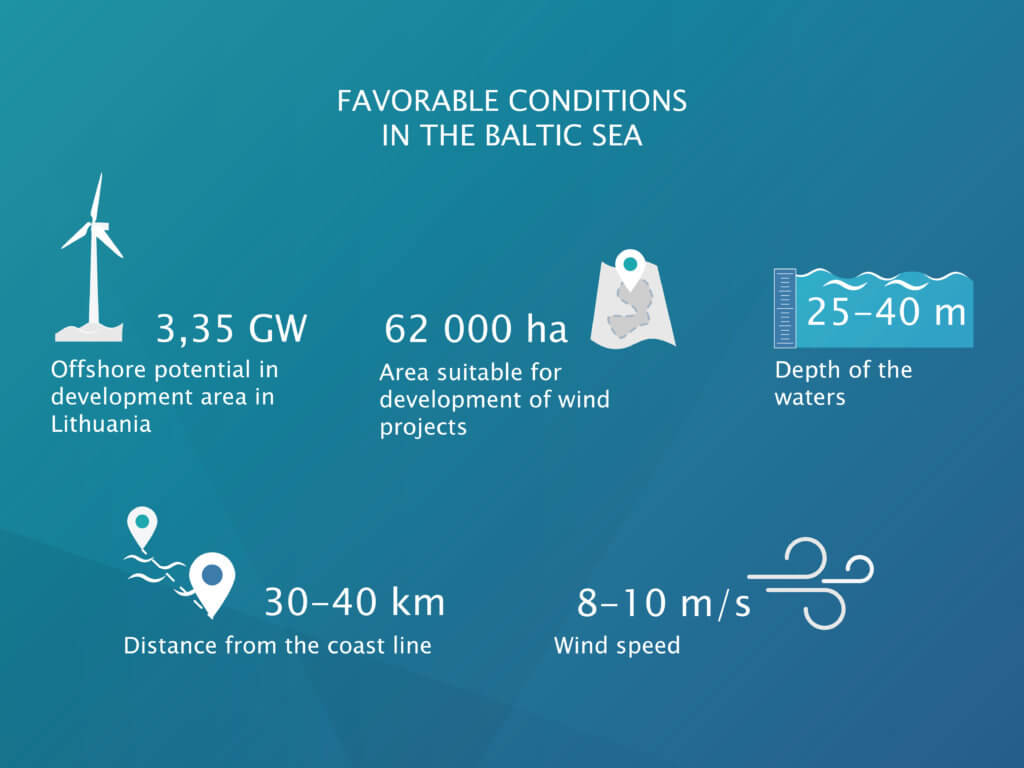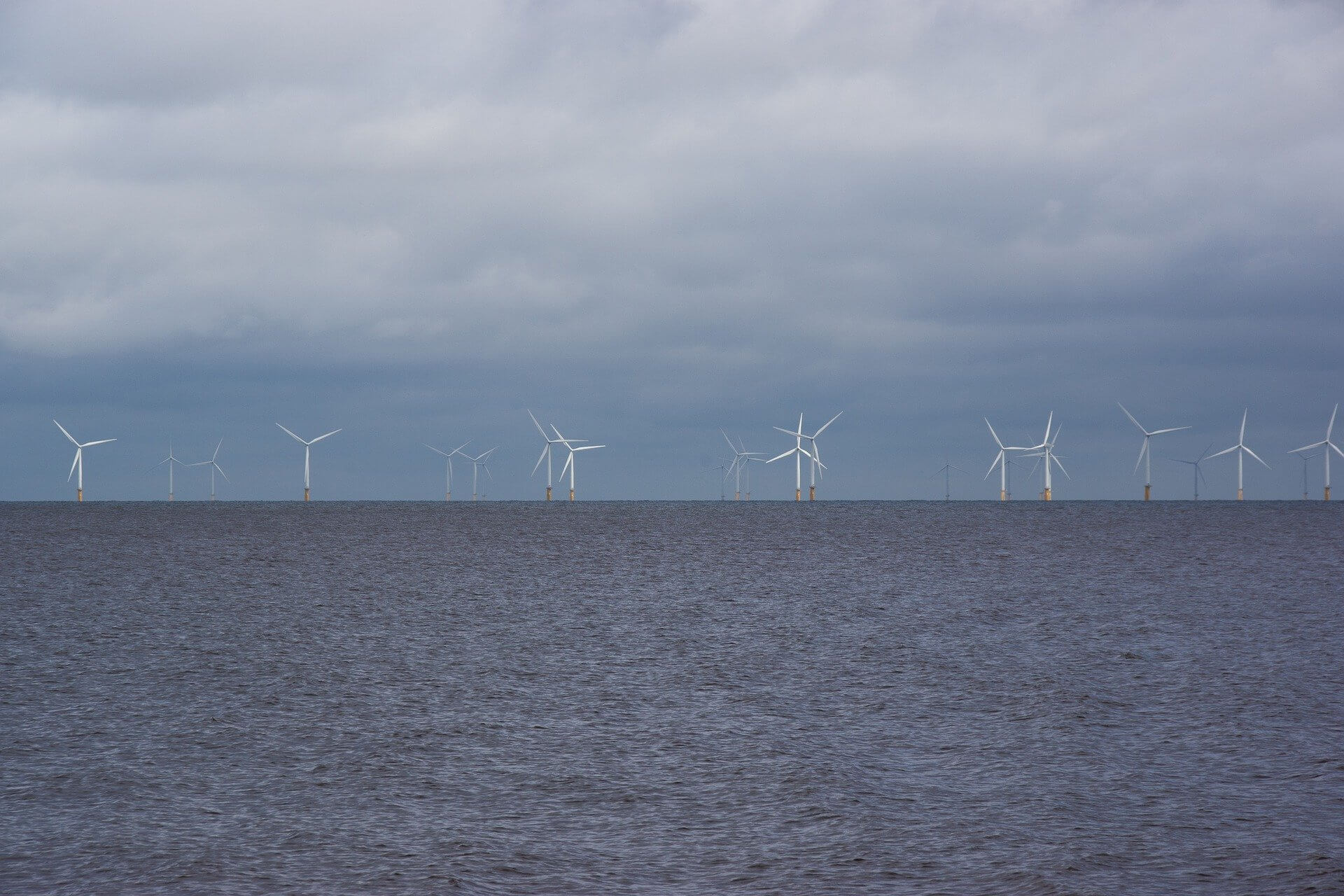International experts: Baltic Sea has 83 GW of potential
In pursuance of the renewable-energy targets set by the European Union (EU), 83 GW of wind power capacity can be installed throughout the Baltic Sea by 2050. The more quickly this happens, the more beneficial it would be for the countries around the Baltic Sea. These are the conclusions made in recently presented international reports: Our Energy, Our Future and Boosting Offshore Wind Energy in the Baltic Sea.

The latter notes that wind energy contributes to key changes in the European energy sector. It provides an opportunity to produce clean, cost-competitive and reliable energy, creating added value and boosting both local and international economies. EU member states now have the chance to take a big step forward in decarbonizing their energy sector and increasing the security of their energy supply. But in order to achieve all this they should take quick action.
As Colin Brown, Chair of the Baltic region’s working group and Business Development Manager at Vattenfall, notes in an announcement made by the WindEurope organization, the development of wind energy has been beneficial for the countries around the North Sea. Countries of the Baltic region also have possibilities to develop wind energy. It will be the main region supporting the zero CO2 targets.
Offshore wind energy has the advantages of increasing the countries’ energy independence and reducing their dependence on the effect of irregular prices of oil, gas and coal. Finally, wind energy unlocks the potential to create new jobs, especially in the rural areas.
Therefore, European countries are recommended to clearly define their future plans: from goals and quantities, to auction schedules. Experts also highlight the necessity of international collaboration – a single market would help to solve the challenges of different price zones with different models and technical standards.
Meanwhile, the Our Energy, Our Future report notes that 4 GW of wind power capacity could be installed in the area of the Baltic Sea that belongs to Lithuania. This confirms and supplements the earlier research carried out by Lithuanian scientists, which showed the potential capacity to be 3.35 GW.
For comparison, 3 GW of wind power plants could be installed in the Latvia’s part of the Baltic Sea and 1 GW in Estonia’s.
“The main challenge to all three Baltic states is their connection and synchronization with the European grid. Estonia’s main task is to enhance its internal grid. Offshore projects could cover over a half of the country’s demand. Meanwhile, Lithuania and Latvia could sell over half of the power they produce offshore to other countries,” the report states.
Post a comment
You must be logged in to post a comment.


